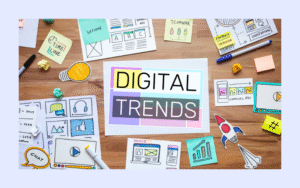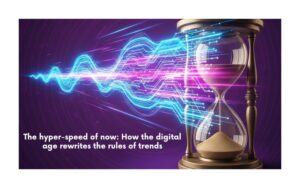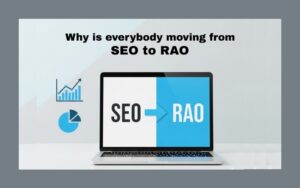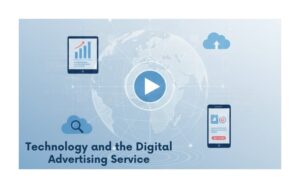With the constantly changing environment of the global trade market, 2025 will be a crucial year where companies will consider the efficiency of direct selling activities compared to online selling capabilities. With digital transformation taking shape and more people changing their shopping habits after the pandemic, businesses will have to reconsider how they communicate with, engage, and, ultimately, retain customers. And although these two models still coexist, the situation is a bit more complicated than that of a mere preference between one and another. Businesses rather have to know how these two channels of sales work, integrate, and develop as such according to the changes of the technological, economic, and behavioral levels.
The Definition: Direct Sales vs. Online Sales
Direct sales refers to the marketing of goods or services to the end user without using any intermediary and usually occurs through direct personal contact, door-to-door sales, promotional events, or a special salesperson. Sales that depend on relationship building, trust, and in-time communication are the common features of such sales.
Compared to online sales, they are conducted through online means, websites, applications, or shops, social media, or marketplace accounts. Based on automation, digital marketing, and user experience design, this model effectively generates transactions at scale and frequently without any assistance.
Although these definitions appear to be black-and-white, the boundaries in 2025 are more and more imperfect. A direct and digital pitch of products on a WhatsApp video call could be recognized as a brand representative.
How Technology Has Rewritten the Sales Playbook
Our world in the past few years has experienced exponential technological growth between 2020 and 2025, pushing the reset button of operations in both models. Machine learning recommendation engines, chatbot assistants, ultra-personalized emails funnel, CRM systems, augmented reality/virtual reality product preview, and same-day delivery have become normal in online selling. Such developments have caused a massive transformation of customer experience and revenues of online-first companies.
In the meantime, direct sales have not stood still. Using CRM systems such as Salesforce and HubSpot makes become possible to follow the customer journeys with great care. Digital wallet and mobile point-of-sale (POS) devices enable an instant “paperless” method of payment in the real world. Technologies such as
allow mixing the human factor with the convenience of the digital world through hybrid sales strategies.
Therefore, the technological convergence of direct and online sales has not been a conflicting model but instead is geared towards the changed environment where integration shall become the major factor of differentiation.
Consumer Behavior in 2025: What Do Buyers Prefer?
The consumer of the year 2025 is a knowledgeable, impatient, empowered consumer. With the prevalence of the internet and mobile-first consumers, buyers do their research and make informed purchases. They depend on reviews of products, opinions of the influencer, and recommendations of peers. Transparency, ethical sourcing, and real-time responsiveness have become non-negotiable.
Well, trust is also a crucial factor, nevertheless. In high involvement purchases such as real estate, luxury goods, financial or enterprise software, even the human touch is valued by the buyer. Direct sales professionals who bring consultative experiences, customized advice, and after-sales services remain influential.
In the case of a low-to-mid involvement purchase items, i.e., apparel, cosmetics, electronics, or home goods, online purchases are king as they are convenient, operate 24 24-hours, and are delivered with quick speed. The new-age shopper, on the other hand, wants to find brands online, and no presence on the Internet is a warning sign.
The Data Speaks: Sales Trends and Statistics
Well, what do the statistics indicate?
According to Statista, the current sales of e-commerce on the planet are expected to hit over $7 trillion by 2025, where mobile commerce may take nearly 60 percent of the share.
The World Federation of Direct Selling Associations (WFDSA) predicts that the global direct selling industry will reach the mark of 210 billion dollars, and that is headed by health, wellness, and beauty entities.
According to McKinsey, studies showed that 61 percent of B2B buyers are looking to make a digital self-service rather than to talk to a sales rep when it comes to reorders and standard products in late 2024.
Simultaneously, according to the Salesforce State of Sales report, 42 percent of consumers say that they are inclined to believe and purchase something that is sold by an individual with whom they have conversed.
These figures highlight a critical fact, that these two sales channels are growing, yet their effectiveness varies depending on the industry, type of products, and the profile of the customer.
Strengths of Direct Sales in 2025
Despite the digital boom, direct sales have major value:
Individualization and Connection
Personal connections are relationships that are built over time as the customer works closely with individuals. This works in tight-trust businesses, such as insurance, health care, and financial consulting.
Procedures, Demonstrations, and Training
In the case of a complex product or touchy products objections on can be overcome through live demonstrations that enable doubts to be clarified in real-time.
Upsells and cross-sales
Personal interaction gives a chance to customize the offers and suggest additional products depending on the micro feedback.
The Culture Relevance and Local Reach
In such countries as India, Latin America, or Southeast Asia, the direct sales representatives incorporated into the communities in the first hand can be more successful than the digital campaigns based on cultural trust and familiarity.
Nonetheless, direct sales are quite expensive, as they need training, supervision, and time. It is not scalable like online channels.
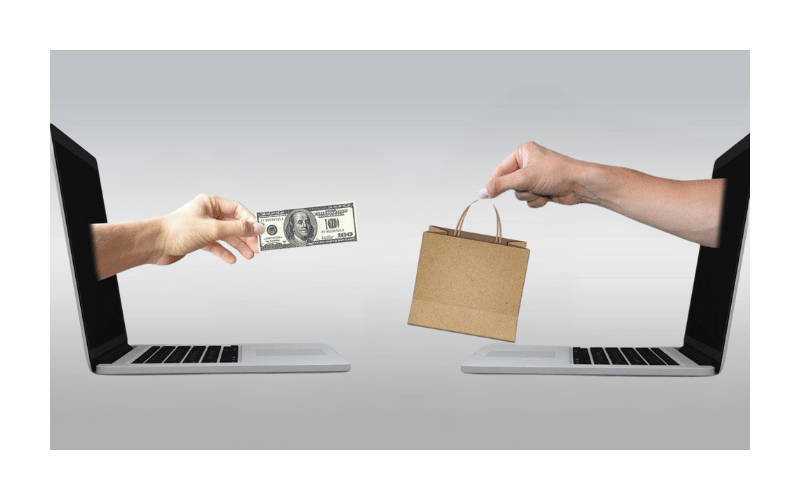
Strengths of Online Sales in 2025
The former, though, Internet-based sales are, however, a better deal so far as they cover the areas not covered by direct ones:
Global reach and Scalability
A single online store window will reach thousands of customers on different continents with 24 hours a day and seven days per week, operations, assuming this level is unbearable even by the greatest direct sales system.
Data-Driven Insights
Each click, view, and scroll of every customer offers actionable analytics and allows streamlining real-time marketing-inventory decisions.
Cost-Effectiveness
Operating cost through online sales is tremendously low since a field agent is not required, no travel is involved, and there is no manual input.
Easy Performance with Marketing
Social networks such as Google Ads, Meta, and TikTok Shop enable Real-Time promotion, retargeting, and influencer marketing, which results in conversions in real-time.
Frictionless Transactions
Online buyers have a seamless, immersive purchasing experience with one-click payment, instant financing, and product preview functionality through AR capabilities.
With that said, online sales do not work where human trust is of the utmost necessity. The bane is excessive returns, customer feelings of buying fake reviews, and over-choice.
Hybrid Models: The Future of Sales in 2025
Companies that combine both online and direct models offer the most successful services, and thus, in 2025, they should create hybrid experiences.
Think of social commerce, during which people offer products in livestreams (direct element) and customers can purchase immediately by clicking the links (online element). Similarly, D2C companies such as Lenskart and Mamaearth have come up with a system of ordering online, with in-store or doorstep testing.
Property firms also perform virtual tours, but they call afterward. SaaS companies are giving free trials on the internet and using onboarding experts to upsell valuable clientele.
Such hybridization not only minimizes the friction of purely digital models but also increases the possible spread of physical point-of-sale sales.
Industry-Specific Effectiveness: Who Wins Where?
- To know which model is more effective, it helps to compare it by industry:
- Fashion, FMCG, Electronics: Online sales are the majority because of the customer’s acquaintance with products and their affordable price.
- Insurance, Real Estate, Finance, B2B SaaS: Even direct sales seem to beat it out, including in the last parts of the conversion process.
- Healthcare & Wellness Products: Direct varieties are based on the aspect of consultation and belief that makes this part of the business boom directly.
- Education and EdTech: Hybrid is the most effective type of model- remote discovery, in-person counseling, of enrollment.
- Luxury Goods: Face-to-face interaction still counts, but more often, people can engage in pre-sale digitally by using digital storytelling.
Challenges and Risks in Both Models
Although both of these models are strong, there are downfalls to be listed:
First Risk: Direct Sales:
Large training expenses and manpower costs. Agents’ Risk of Misrepresentation
Slower scalability
Reduced capability of tracking the data
Risks of Online Sales:
Low-trusted brands that are unfamiliar
To a large extent, current rates of return are high.
Security and payment fraud Cybersecurity
Overcrowding and high prices of digital advertising
It is therefore becoming important that businesses need to audit their sales processes and invest in a cross-channel infrastructure.
Conclusion: The Verdict? It Depends
And what is going to be more effective, direct or online sales? The actual reply: it is based on your target market, product, and business model.
When the products you sell are complex solutions, custom experience, or high-investment, then direct sales reigns supreme. Online sales are simply superior when compared to a physical location, as they can serve a large number of customers within a short period at a lower price, with the advantage of automation and analytics.
However, the most intelligent businesses in 2025 will understand that it is not a question of a direct or online choice: a combination of both strengths should allow for obtaining a well-blended, reliable, and scalable customer experience.





